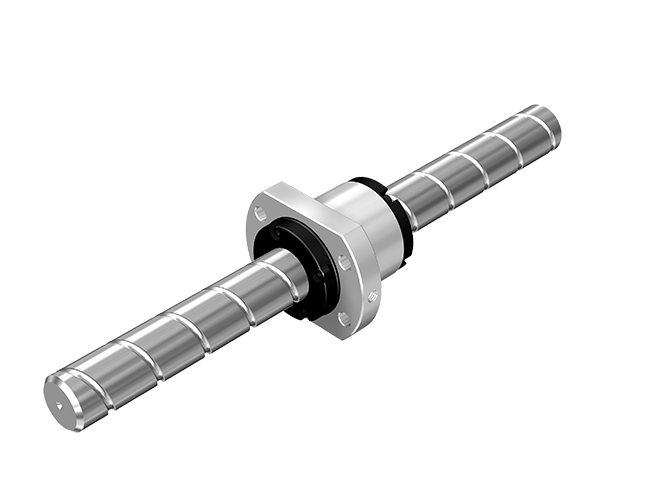What are the Different Methods of Chemistry Testing?
In order to assess the elemental portfolio of any consumer product, multiple ways and methods are used. All of these falls under chemistry testing, which ensures that the product is fit for public use and do not pose any notable threat.
The metals and substances which are normally used in these products might sometimes be termed hazardous or restricted. So, to make sure that your product is free from such substances, different methods under chemistry testing are used.
Let us understand what these processes are and how are they useful.
Elemental analysis
With the help of elemental analysis, one can easily detect the presence of the elements within a sample. This information is integral in understanding what all the product is composed of. This process is very helpful in detecting trace elements or metals within any manufacturing process. This also comes in handy in understanding the presence of hazardous or restricted elements like heavy metals in any product.
Molecular analysis
This is a more involved process than the others. They are complicated and much more expensive than elemental analysis. Here, any undesirable element can be detected within moments and is helpful in identifying a variety of substances. These include the phthalates, parabens, organohalides, formaldehyde, glycols, phenols or small proteins, besides the restricted substances.
Molecular analysis via mass spectrometry
While there are multiple methods for conducting molecular analysis, mass spectrometry is a widely accepted process. This process is known to separate the constituent molecules based on their relative masses. The spectrum which is achieved as a result will have significant characteristics of the compounds. This will help in easy identification of the target molecules.
Mass spectrometry is a very well-tested and understood method which has evolved over the years. The basic process starts when the molecules are ionised on a small sample set. These tiny fragments are then collected and funnelled into a beam of ionised particles. This beam will pass through a filter, which will exert a force on each of the particles, depending on their individual mass.
Generally, the molecules which are heavier are not that susceptible to the field of force and will be flying farther than the light particles. Each particle will fall out from the ionised beam and will crash on a charge detector plate, which will then determine the particle’s weight.
With the help of Enviropass chemistry testing, you can will get assured about your product’s quality and compliance.


















